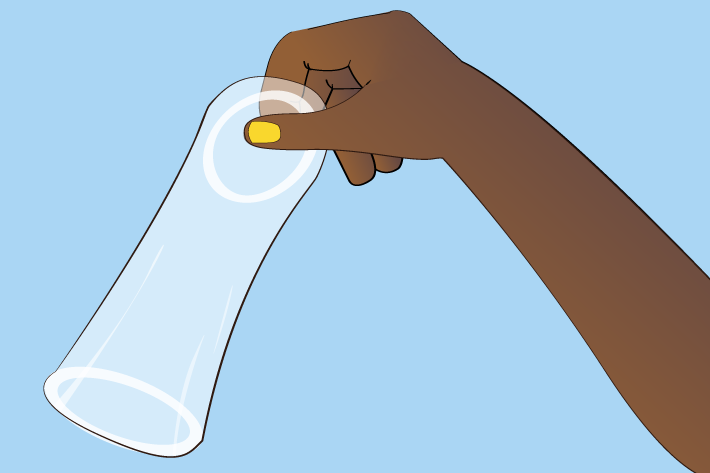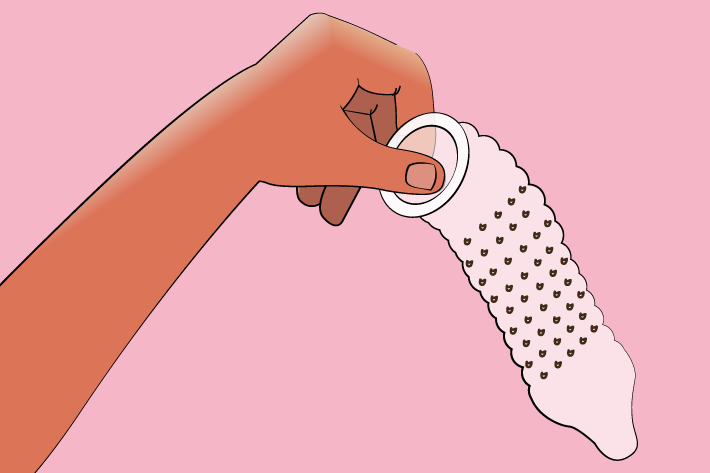Condoms have come a long way since the days of being fashioned from animal intestines (surprise: these are still a thing). They now come in all shapes and sizes – from textured to pre-lubricated to novelty glow-in-the-dark condoms – so there is something for almost everyone. That also means the ‘they don’t feel good’ excuse is no longer a reason not to use one!
Why should I use a condom?
Condoms have existed in some form or other for thousands of years, and were usually made from animal intestines – thankfully we have moved on since then (although lambskin condoms are still available but aren’t as effective as latex condoms at protecting you against STIs).
Condoms are the only form of contraception that can protect you from HIV and STIs and are 87-98% effective for an external (male) condom and 79-95% effective for an internal (female) condom. Using a condom alongside another form of contraception (for example an IUD or the Pill) is the best way to protect against unintended pregnancy.
With so many to choose from, we have listed five different types of condoms that you may want to consider the next time you’re getting intimate.
1.The latex condom

Let’s start with the male latex condom. It comes in a smooth finish, non-lubricated and a number of sizes. It can be up to 98% effective when used correctly. For non-lubricated latex condoms it is recommended that you use a water-based lube as oil-based lubes can cause tears in the condom, which would bring the effectiveness of the condom down to about 0%.
2. The non-latex condom

For those who have latex allergies, non-latex condoms are an alternative but are more likely to break than latex condoms, making them slightly less effective than latex condoms.
Most non-latex condoms are made from polyurethane or polyisoprene, but you can also find ‘lambskin’ alternatives, made from lamb cecum, which is the pouch located at the beginning of a lamb’s large intestine!
3. The lubricated condom

Whilst lubricated condoms come (obviously) pre-lubricated, the amount of lubrication used may not be enough for you and your partner. It is always advised to use extra water- or silicon-based lube. And remember, never use an oil-based lube with latex condoms.
4. The internal condom

Previously known as the ‘female condom’, the internal condom can be used for both vaginal and anal sex. The effectiveness of the internal condom can vary depending on how often it is used.
The effectiveness of the internal condom can range from 79% to 95% depending on use. Most internal condoms are non-latex and no, doubling up on an external and internal condom does not increase effectiveness – in fact, it’s strongly advised not to use both of these condoms at the same time as this may cause them to rip.
5. The textured condom

Said to increase pleasure, textured condoms come in a variety of textures, from ribbed to dotted to anatomic (a mixture of both). The best way to find out if they work for you is to experiment with your partner or partners!
when
Subject
Egypt









